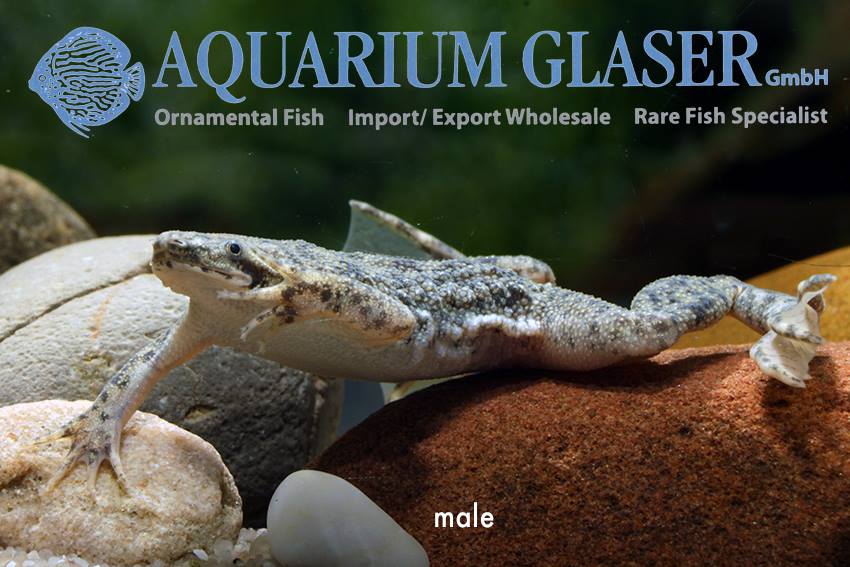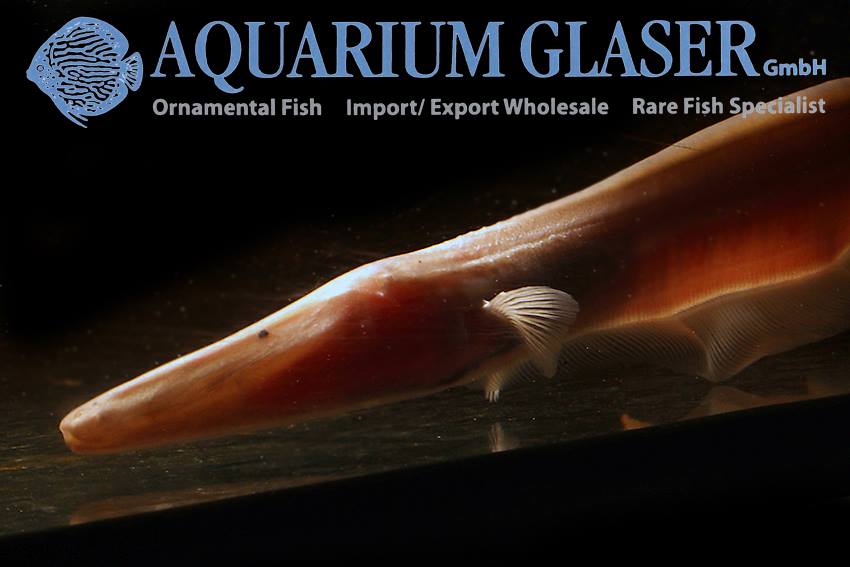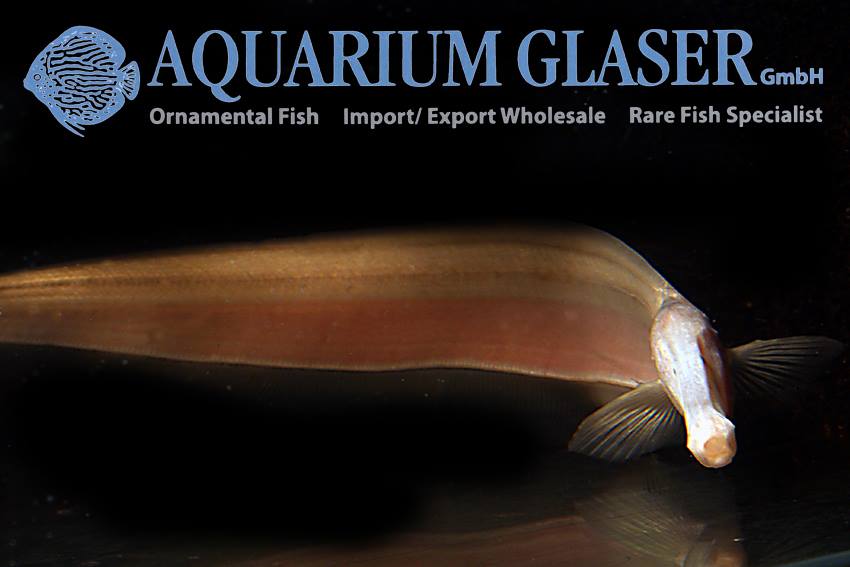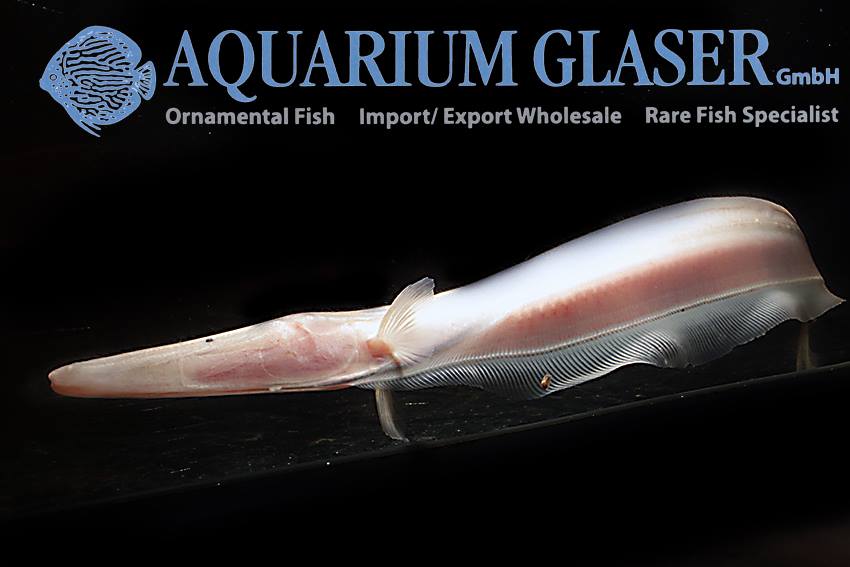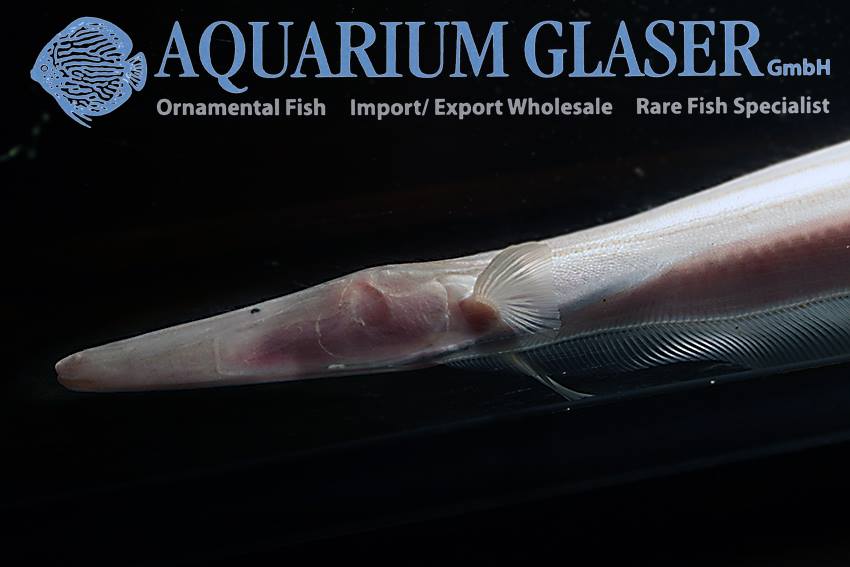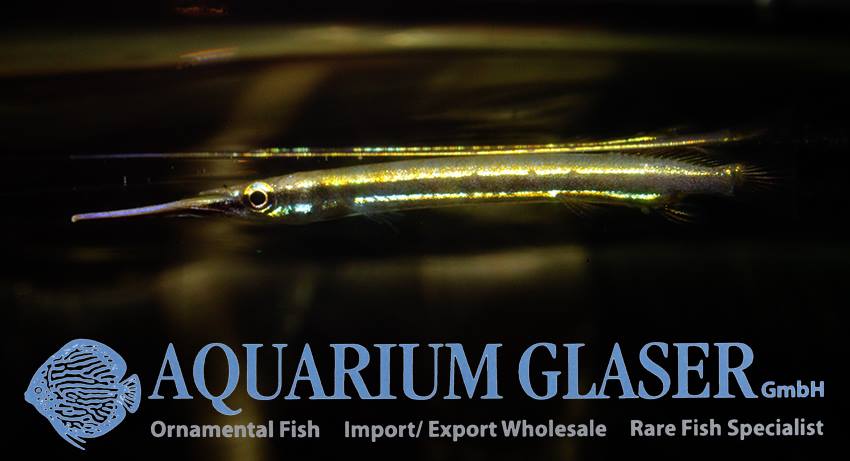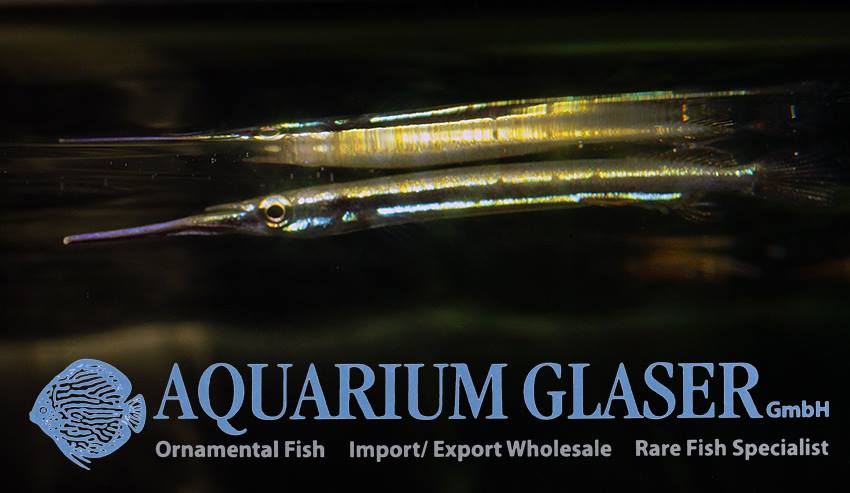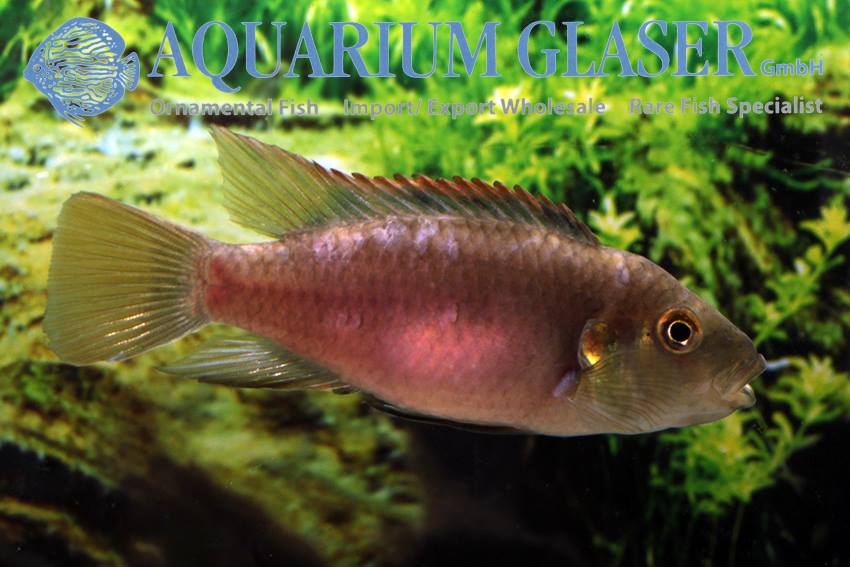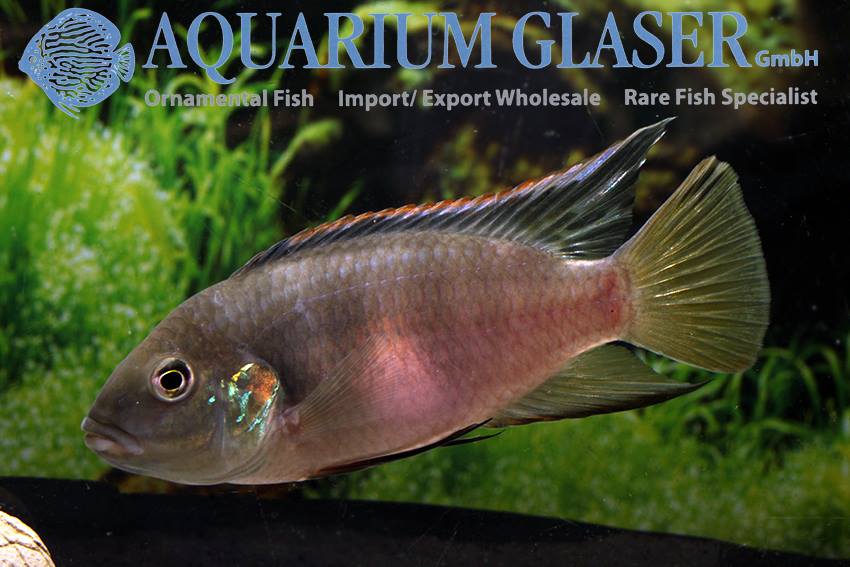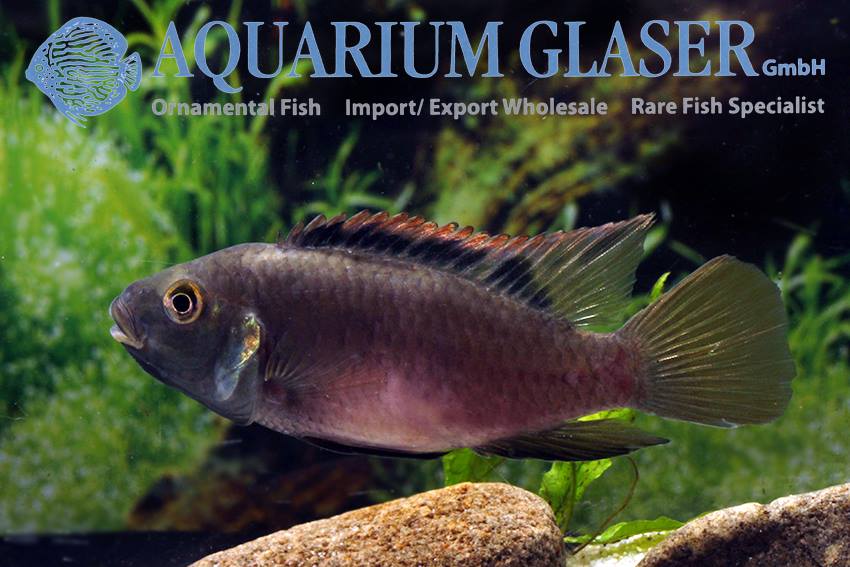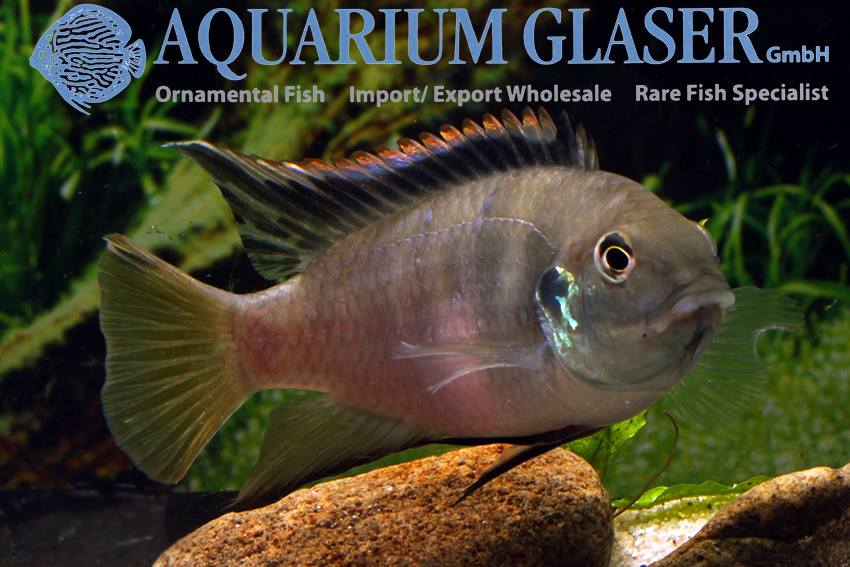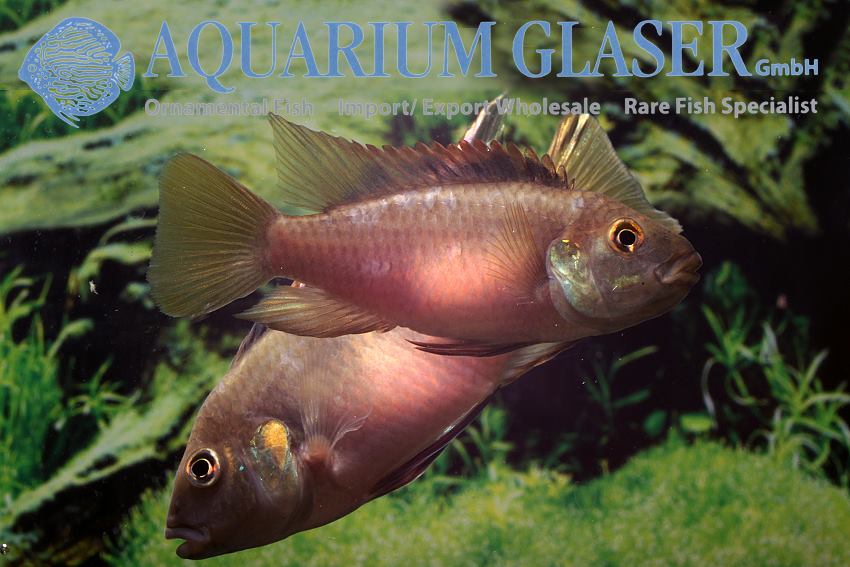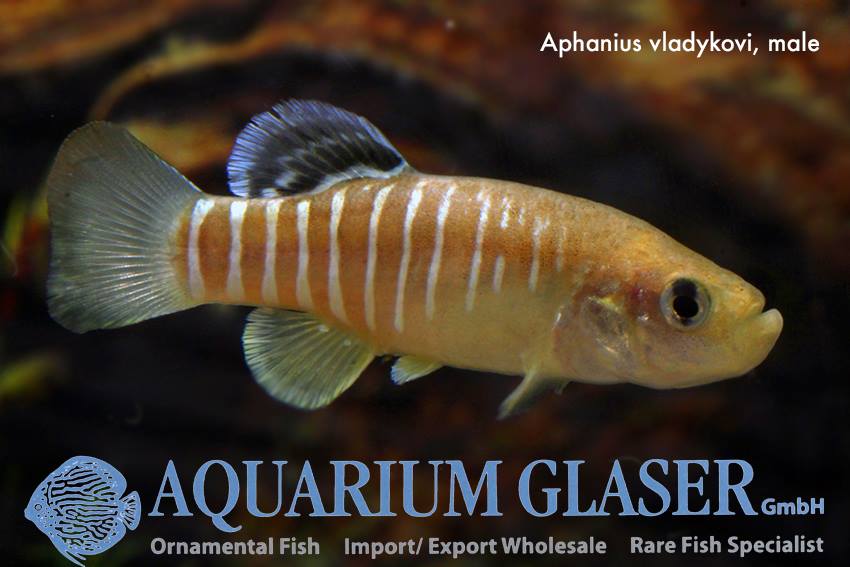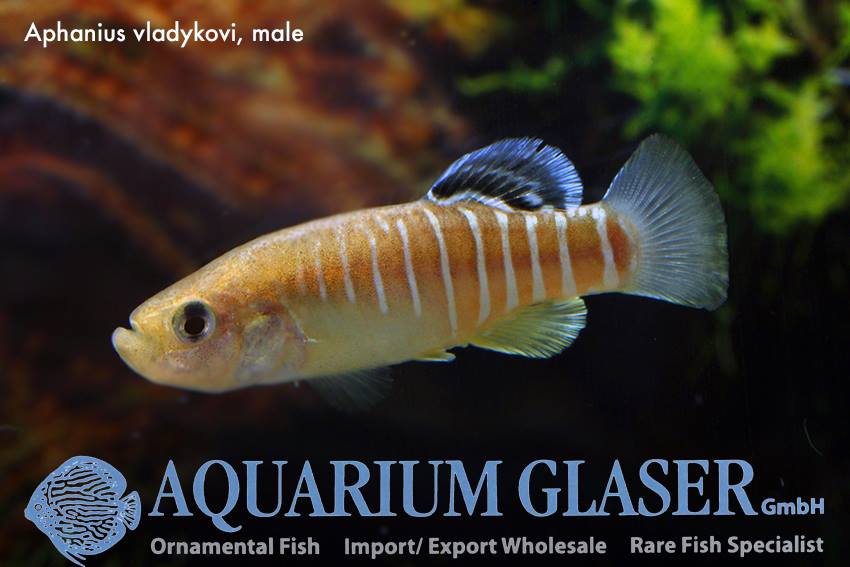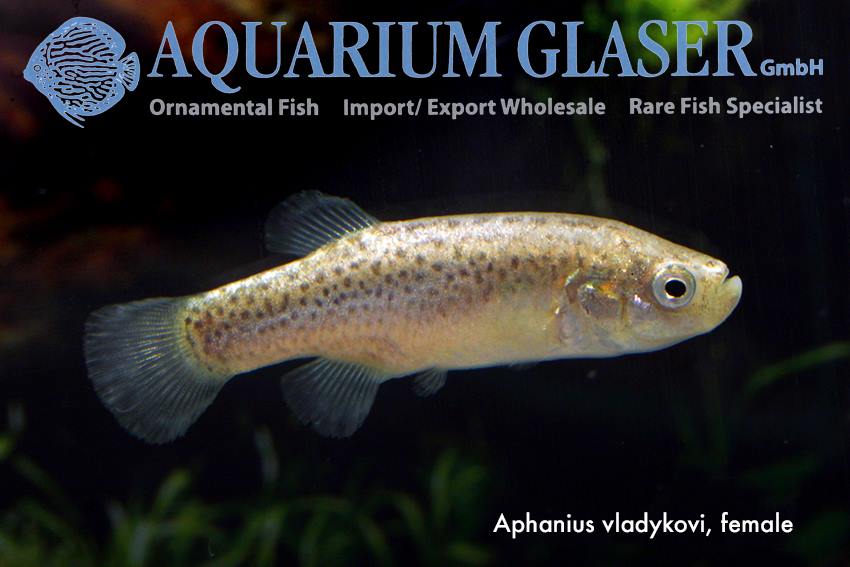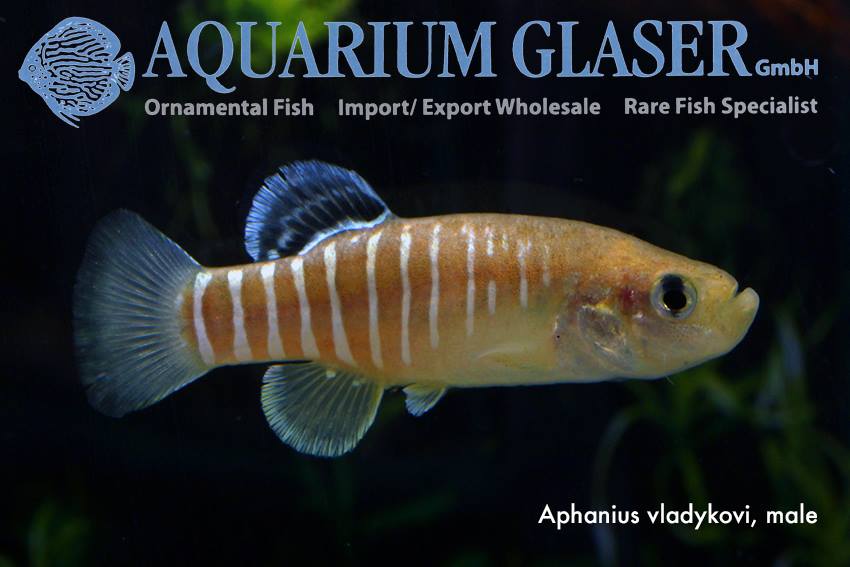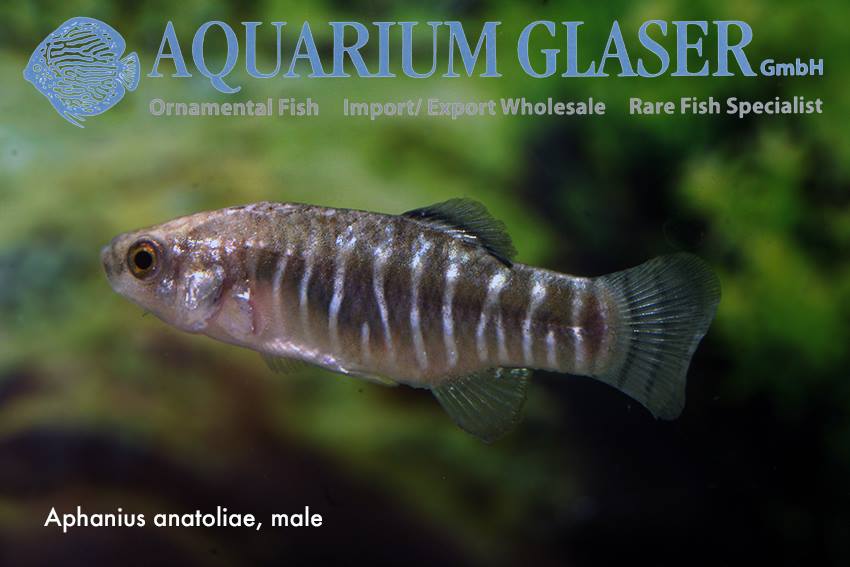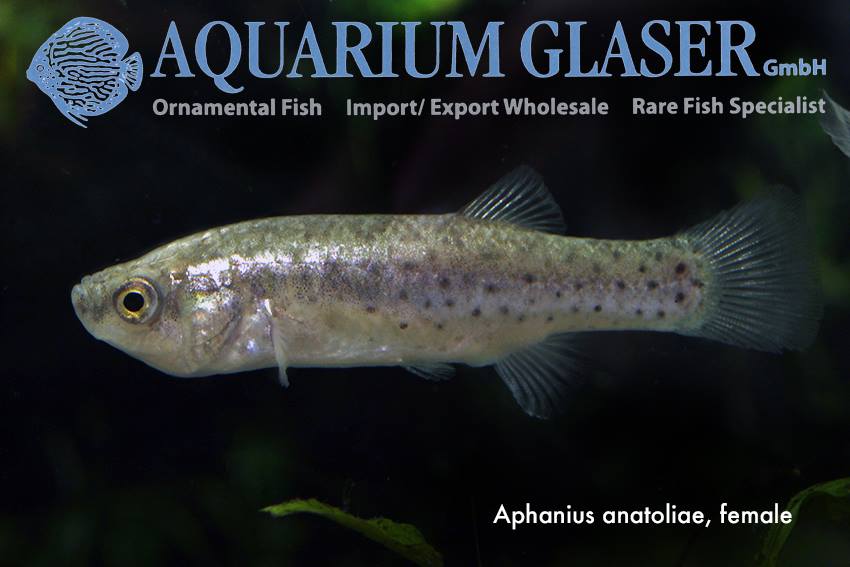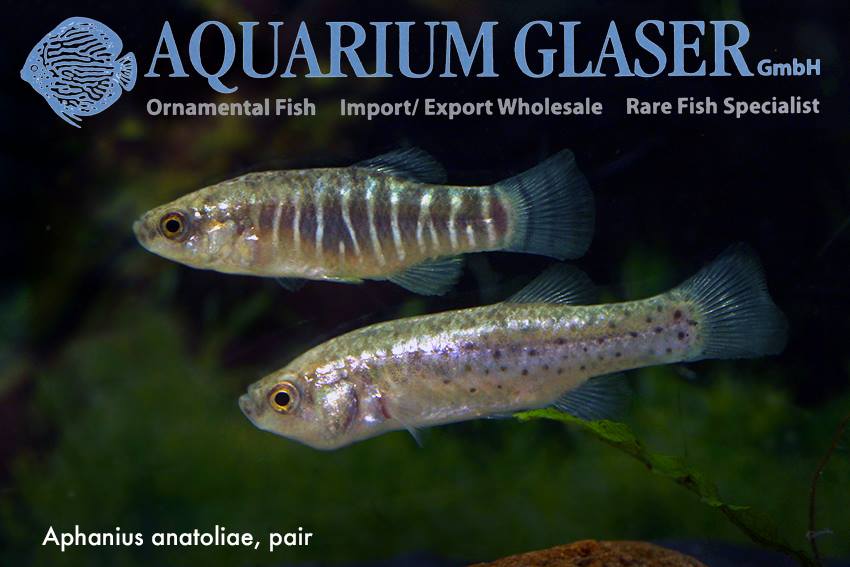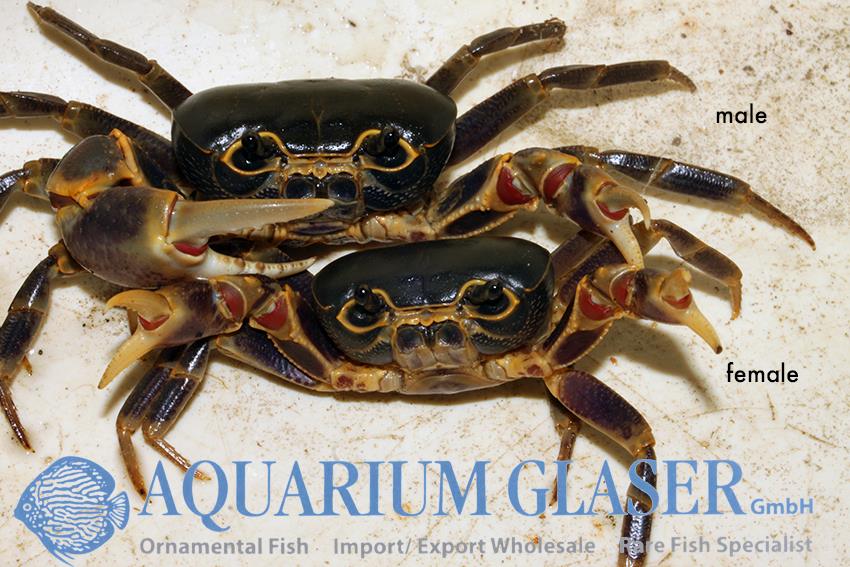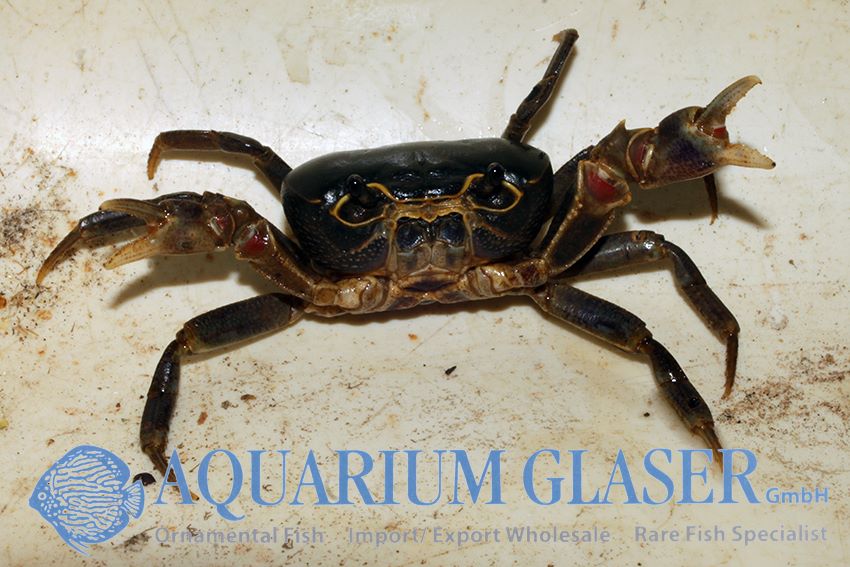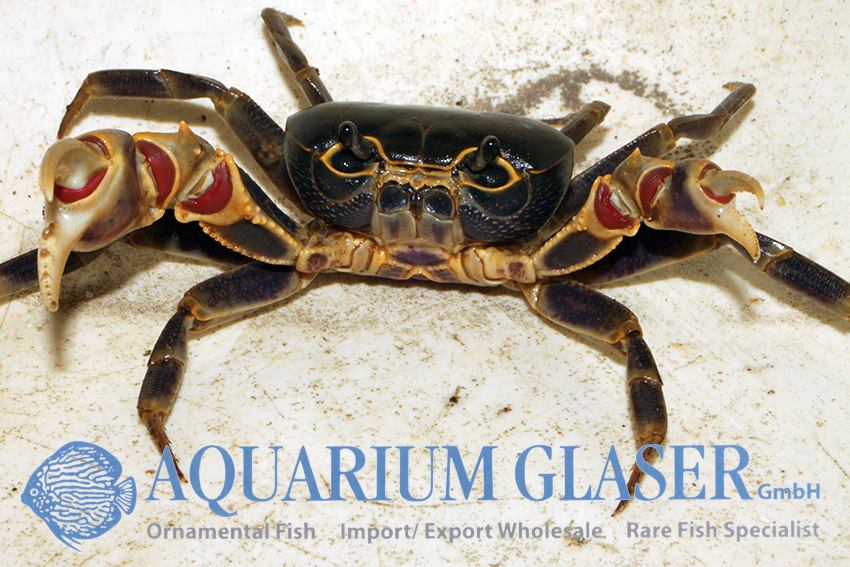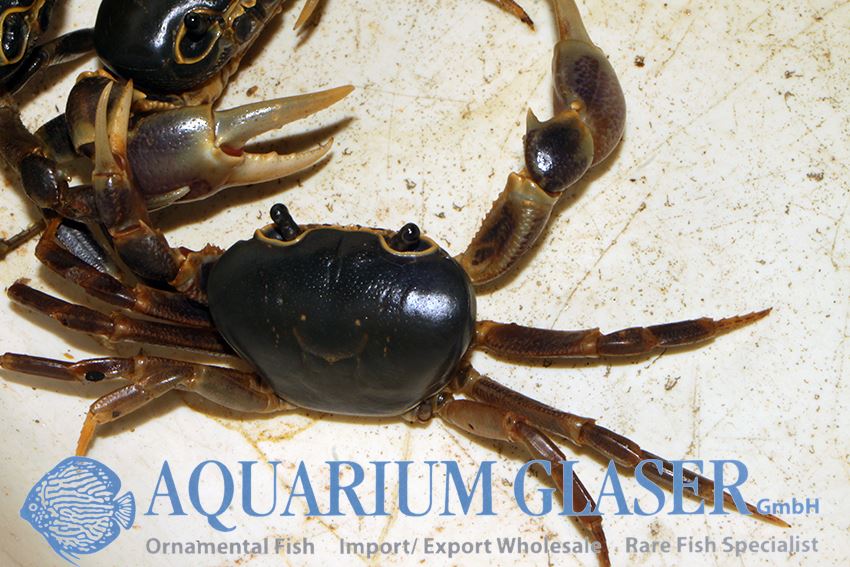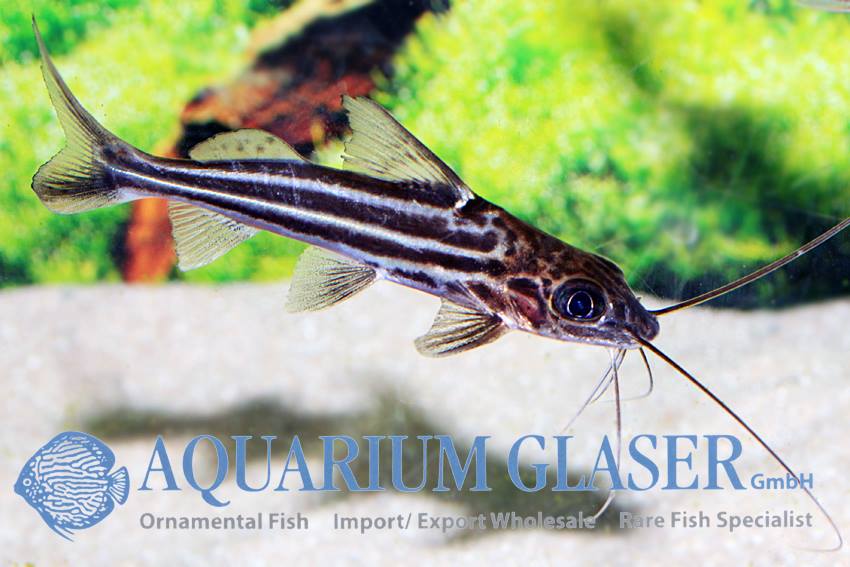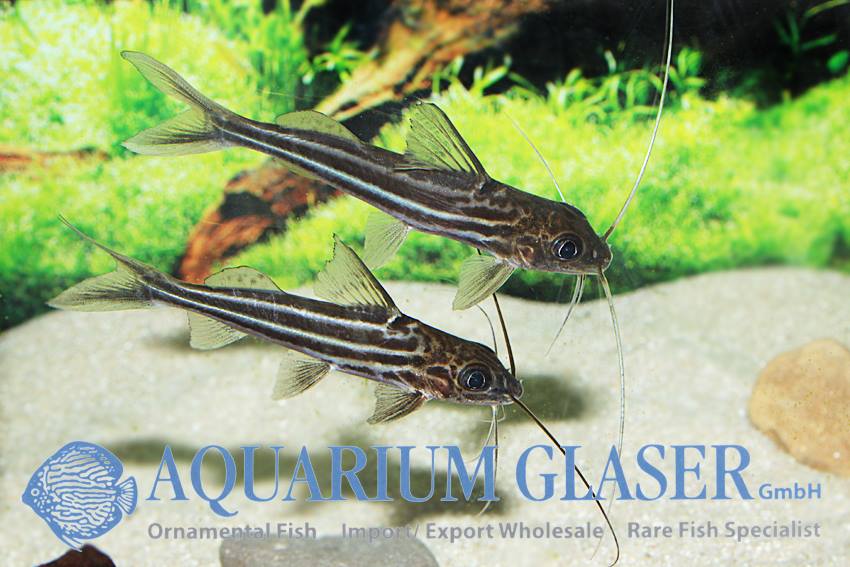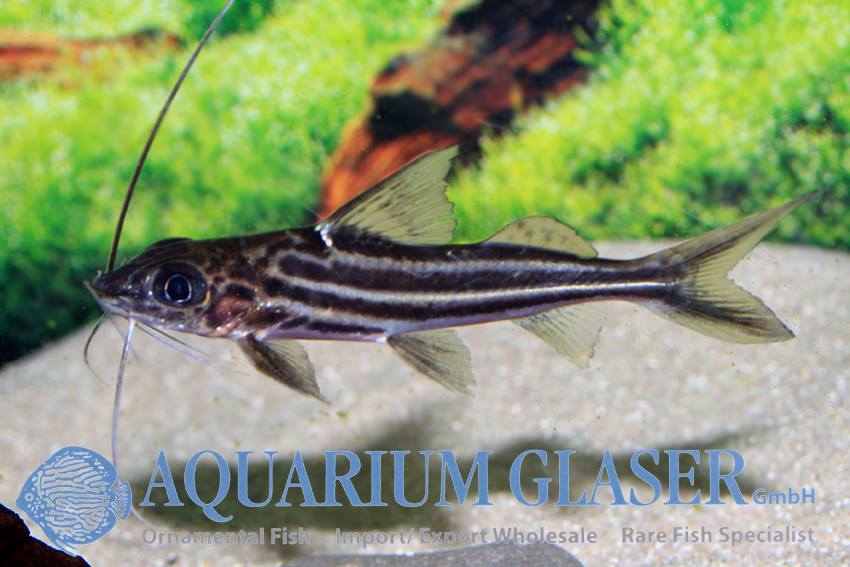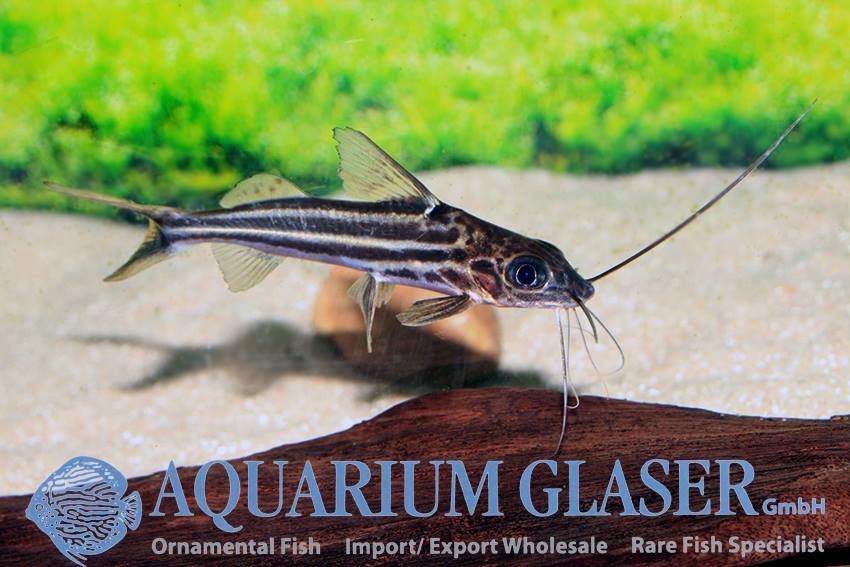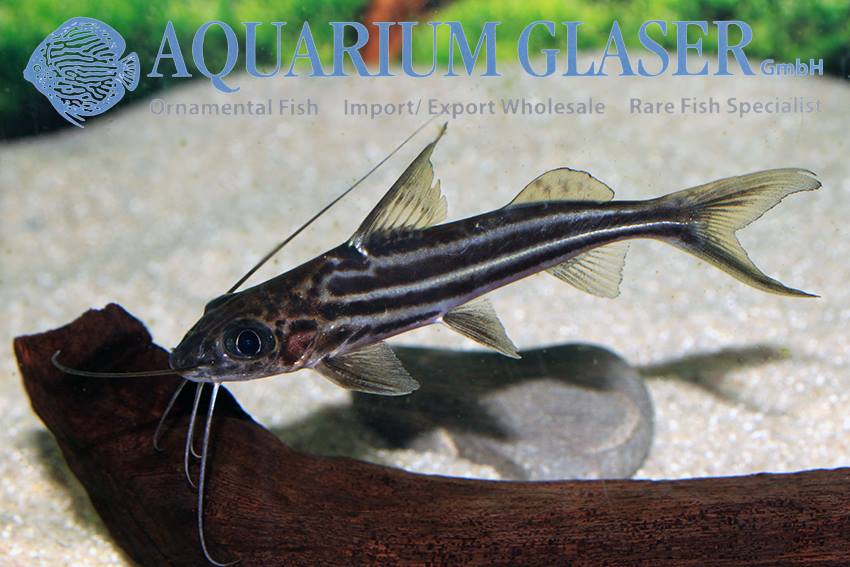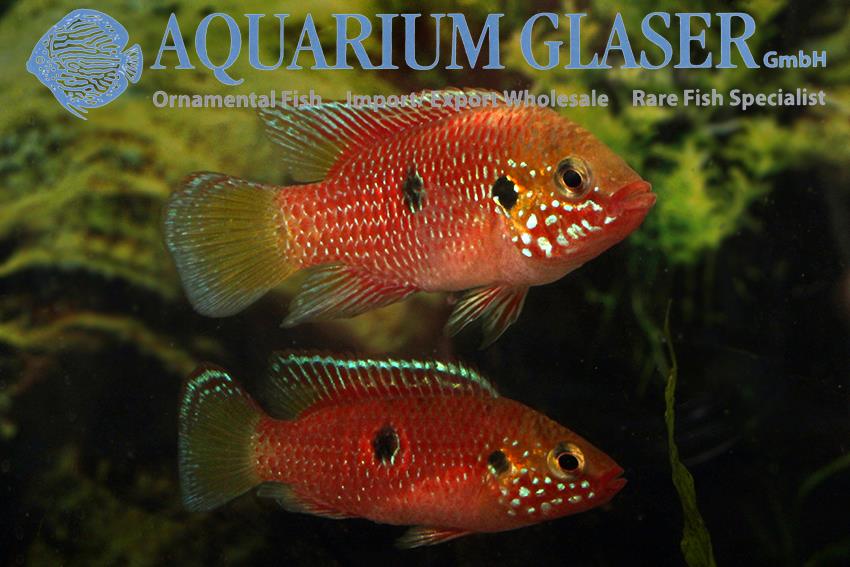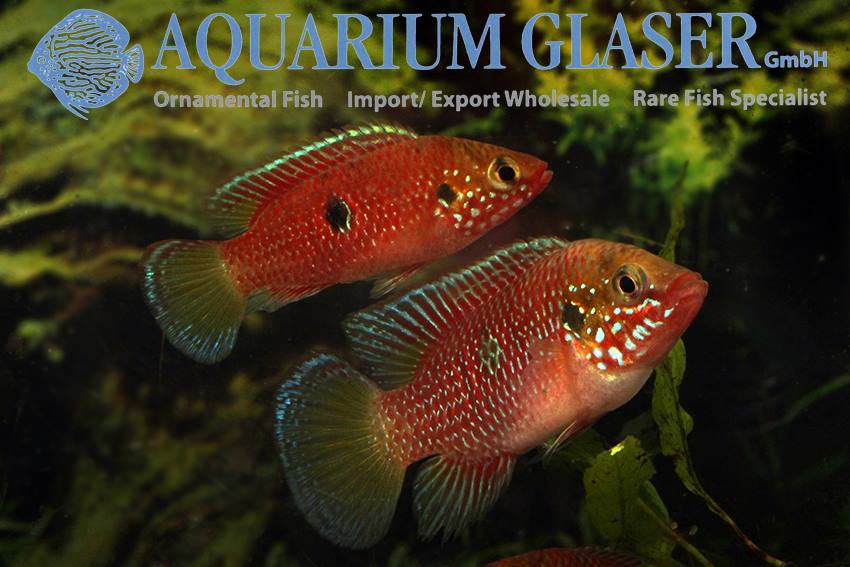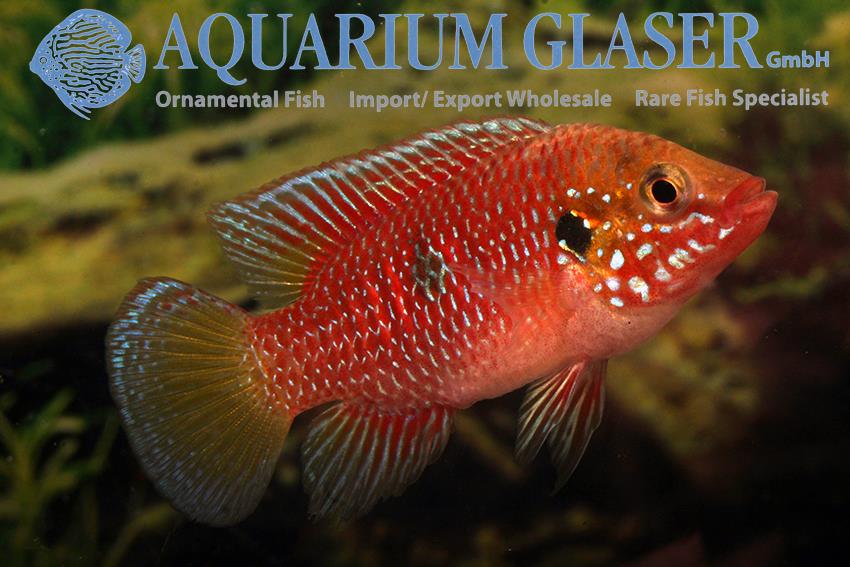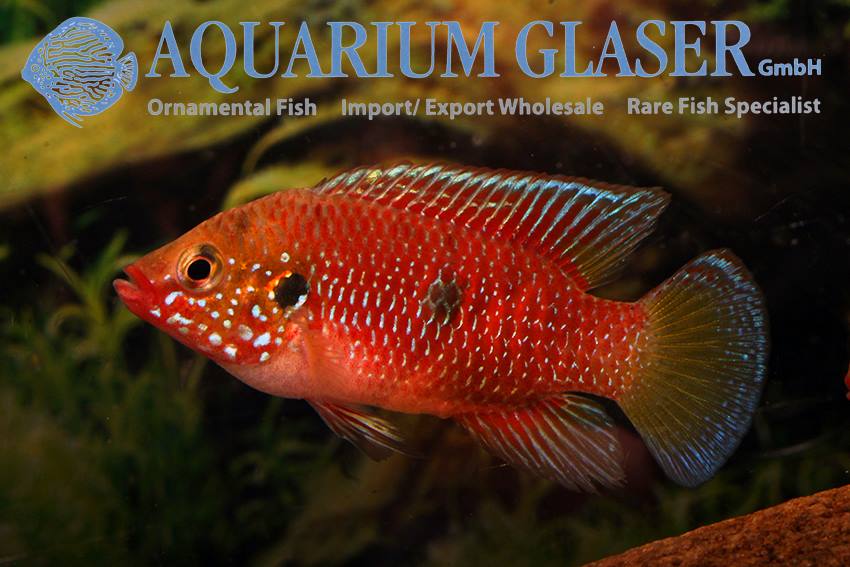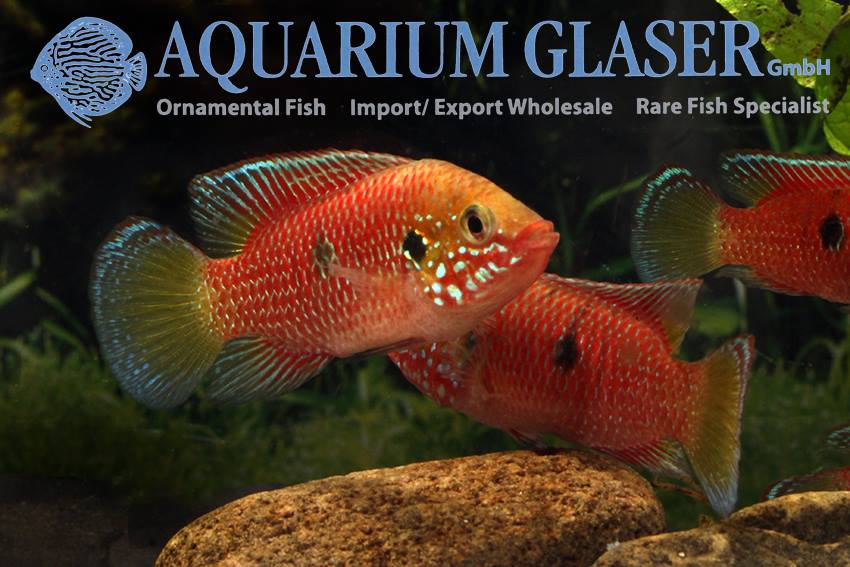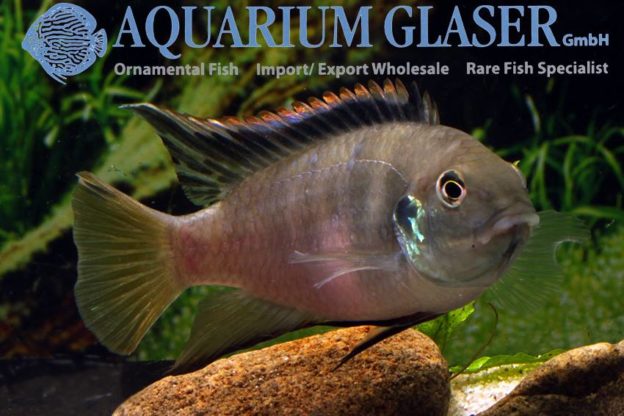
As each month we present the most popular fish imports sponsored by Aquarium Glaser!
Pipa parva
The Dwarf Suriname Toad from Venezuela is a real rarity in aquaria. Aquarium Glaser has a breeder that is able to offer some specimens every now and then. At first glimpse the nice animals remind on Dwarf Clawed Frogs (Hymenochirus). However, like all other Pipa species, P. parva has ramifications on the top of each finger, which always allow a correct identification.
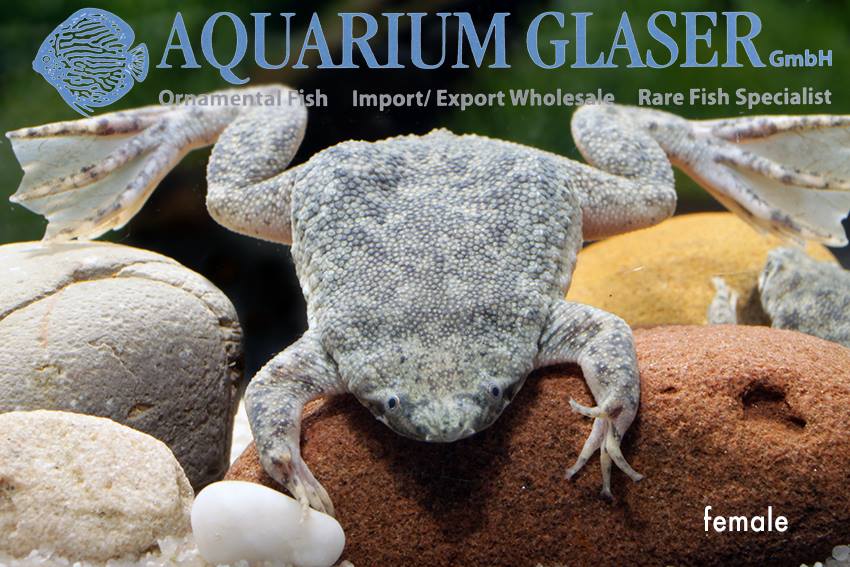
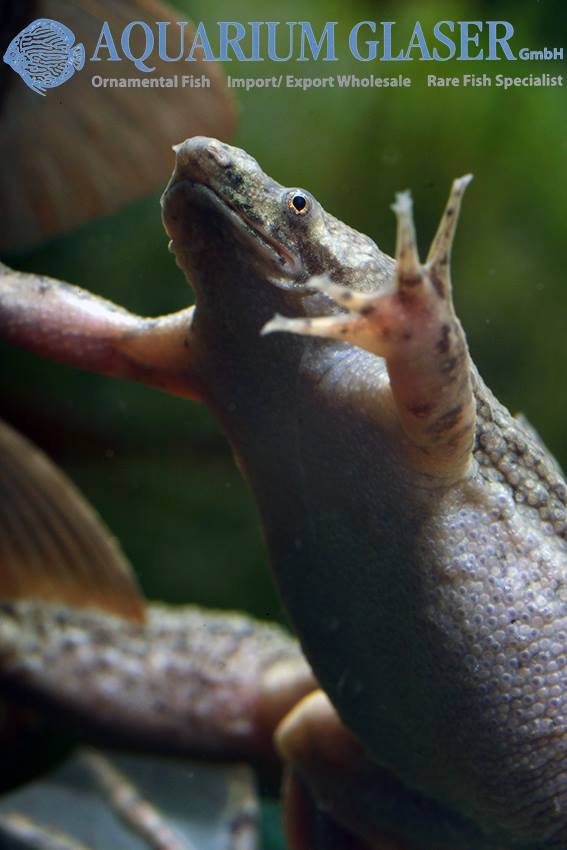
Orthosternarchus tamandua
There are several critters among the South American knifefishes but Orthosternarchus tamandua is probably the most unusual of all. Aquarium Glaser were able to import four specimens from Peru. The fish have a length of 30-35 cm, the maximum length reported for the species is about 45 cm.
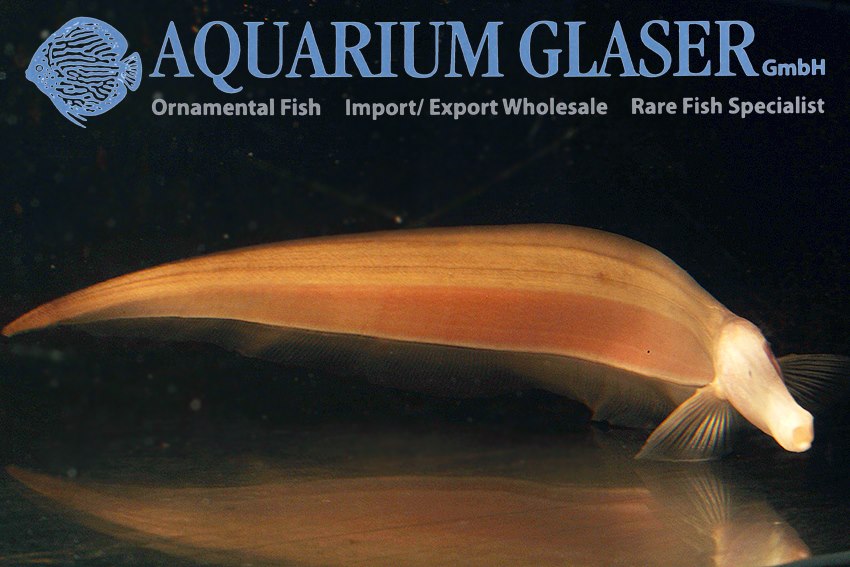
Hemirhamphodon tengah
In November, Aquarium Glaser also received very few wild collected specimens of that interesting, egglaying halfbeak from Borneo:
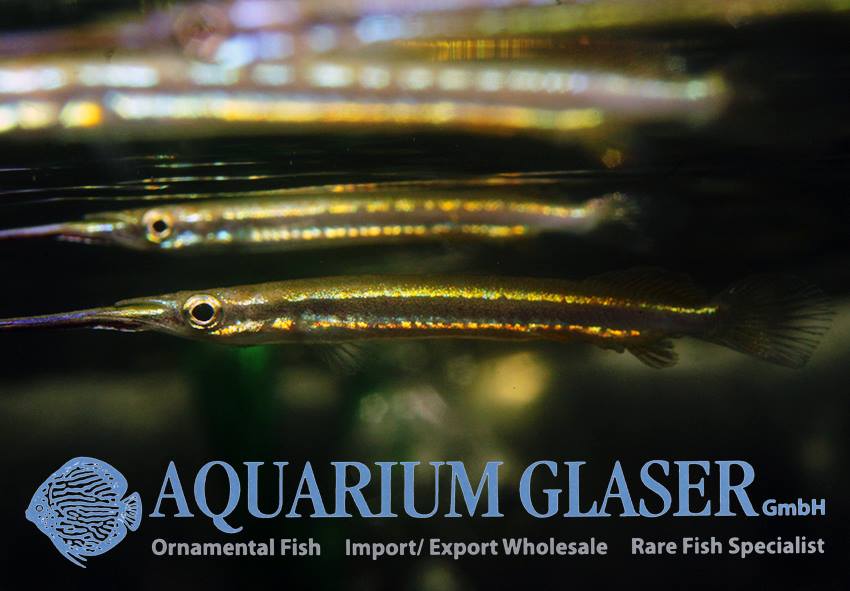
Benitochromis nigrodorsalis
Aquarium Glaser currently offers a very small number of German bred specimens of a top rarity among the cichlids of western Africa: Benitochromis nigrodorsalis. This species has been described scientifically only in 2001. It originates from Cameroon and the island of Fernando Poo. Prior to the scientific description the fish was known as „Chromidotilapia finleyi Moliwe“ in the hobby. The species attains a length of about 12 cm.
Benitochromis is closely related to the Pelvicachromis species and can be compared, regarding the aquarium biology, quite good with these peaceful and colorful cichlids. In contrast to Pelvicachromis, which are cave brooders, Benitochromis are biparental, ovophilous mouthbrooders. This means that both parents take care for eggs and fry; eggs and fry are given from parent to parent several times per day. The eggs are taken in the mouth immediately after spawning (= ovophilous).
Aphanius vladykovi BOLDAJI and A. anatoliae
Members of the killifish-genus Aphanius appear only in Europe, North Africa, and Asia. In the aquarium hobby they are really rarely seen, and can be hardly ever found in a regular pet shop. Sadly many of the currently 22 accepted species and subspecies are in danger of extinction due to habitat destruction. This is a main reason why some specialized aquarists decided to breed them as a conservation act. And this is the source how we now received some specimens belonging to three species, one of them Aphanius vladykovi.
Aphanius vladykovi inhabits only a small area in Iran, the exact collecting site of the strain we can offer is Boldaji. This beautiful fish attains a maximum length of 5-6 cm and is one of the easier to keep species of the genus. Many species of Aphanius need the changing temperatures in the wild and do not thrive well in indoor aquaria; also some Aphanius need salt and full strength sunlight. But not so A. vladykovi.
This fish is kept best in groups in large tanks with a lot of plants. Here you can enjoy the wonderful displays of the males. The tolerance for water temperatures is very high, from 12-32°C. So you can keep the fish in summertime also in outdoor tanks. Fish brought back from there in the room-aquarium often show breathtaking colours and are very healthy.
The same way of keeping is the best choice for the Anatolian Killi, Aphanius anatoliae. This species has a comparatively wide distribution in Turkey. Formerly a great number of subspecies has been described, but recent research suggests that the variations observed are rather due to local circumstances than basing on genetic differences.
Laevimon kottelati
For the first time ever Aq. Glaser was able to import some specimens of the freshwater crab Laevimon kottelati. This interesting an beautiful crab attains a size of about 4.5 cm Carapax-width and exists endemicly in Vietnam. Here it has been discovered in 1998 and described scientifically in 2005 as a new species in a new genus. It lives amphibic in the shallow water of the bank of small rivers. These photos of live specimens are to the best of our knowledge the only ones that exist.
Pimelodus tetramerus
The genus Pimelodus is quite spacious and currently comprises 34 accepted species. Due to the lack of a recent revision it is not easy to identify the species. In the aquarium hobby only one species is of some importance: P. pictus, the angel catfish. One more species, P. ornatus, is a rare and highly demanded species for specialized aquarists. Several other species have been imported now and then but never became of any importance. Aq. Glaser was able to import one more species from Venezuela that has at least the potential for an ornamental fish, as it is very attractive: Pimelodus tetramerus.
The species has been described in 2006 from Brazil. However, our fish fit perfectly to the description of the very characteristic coloration of P. tetramerus so there is only very little doubt left about the identity. P. tetramerus becomes about 20 cm long.
In contrast to many other species of catfish, Pimelodus are quite active during daytime. At least juveniles are strictly schooling fish, so one should buy at least 5, better 10 or more specimens. The catfish are completely peaceful against any tankmates. However, too small other fish will be eaten. Regarding feeding and the water parameters Pimelodus are completely undemanding and thus even beginners in the hobby can enjoy these beautiful fish.
Hemichromis sp. Red Gabun
Red Jewel Cichlids are gorgeous fishes. Their splendid coloration can be hardly topped. And they have a fascinating behaviour. They form a biparental family, both male and female take care for the offspring together. The only negative aspect of these fishes is: they can be really nasty against tankmates, especially when they have young (and they almost always have young). The degree of aggressiveness depends both on the indiviual and on the respective strain.
Hemichromis sp. Red Gabun belongs – technically speaking – to the species Hemichromis stellifer. However there are many differences regarding the coloration between this Gaboon population (our specimens are German bred ones) and the population from the Congo, from where H. stellifer has been described scientifically. So prudent people prefer to name the fish „sp. Gabun“. This Red Jewel is extremely colorful and belongs to the more peaceful members of its kind. In our tanks – they are, of course, rather densely populated – hardly ever even a small fin damage can be spotted.
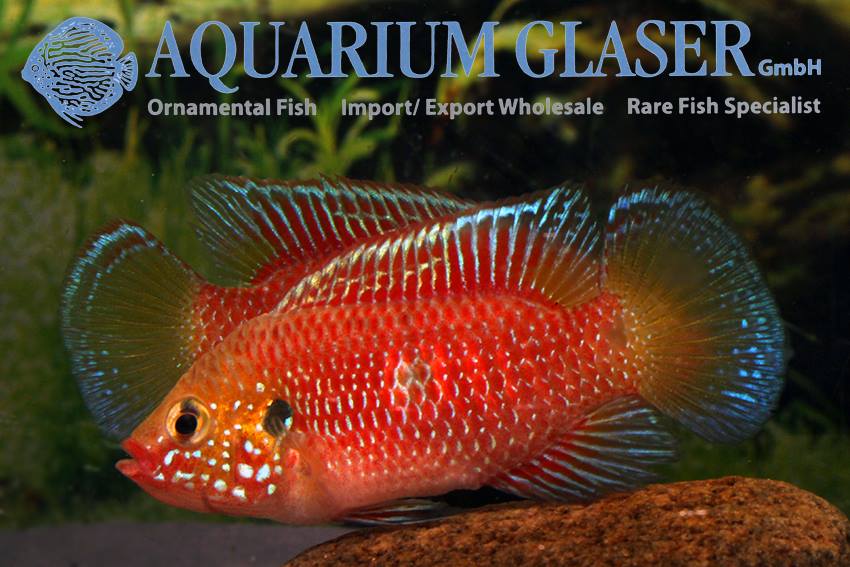
Anzeige






